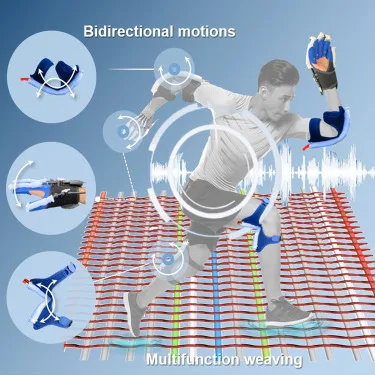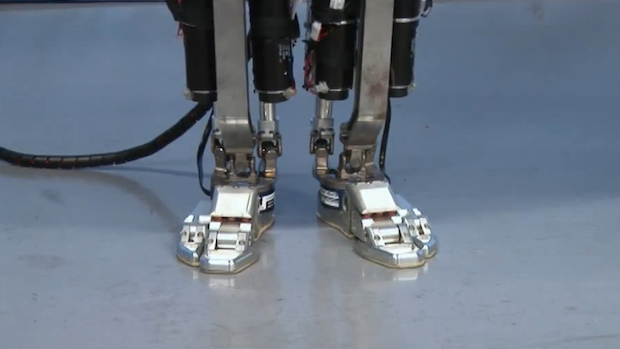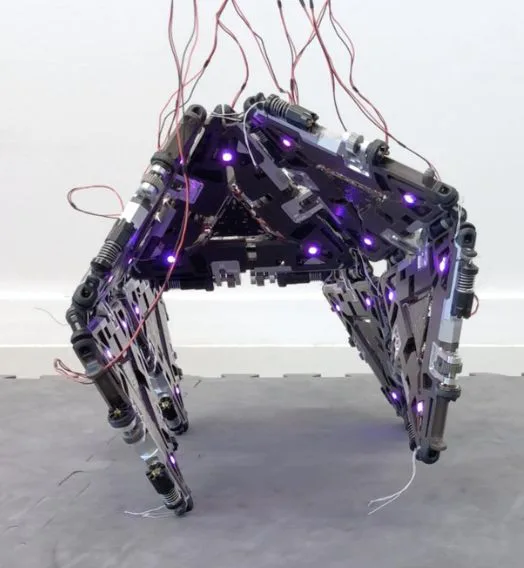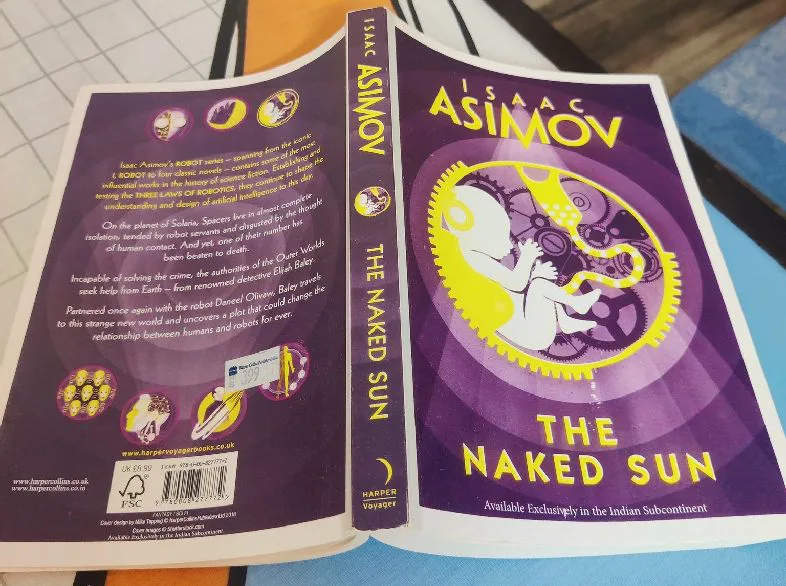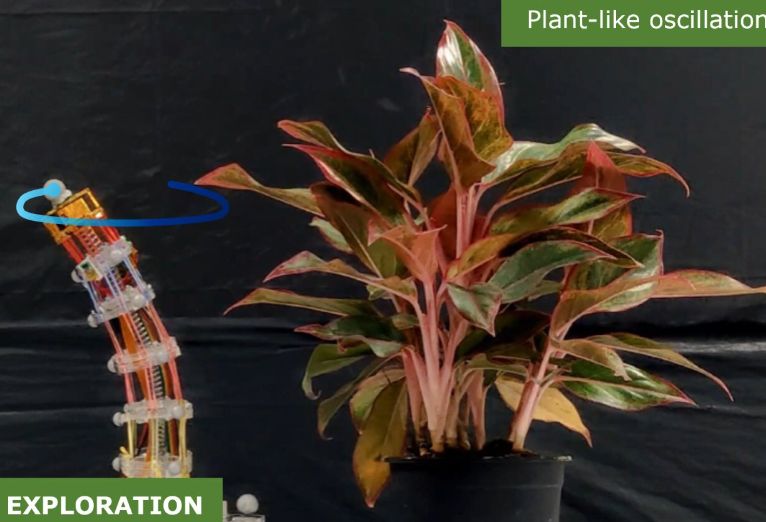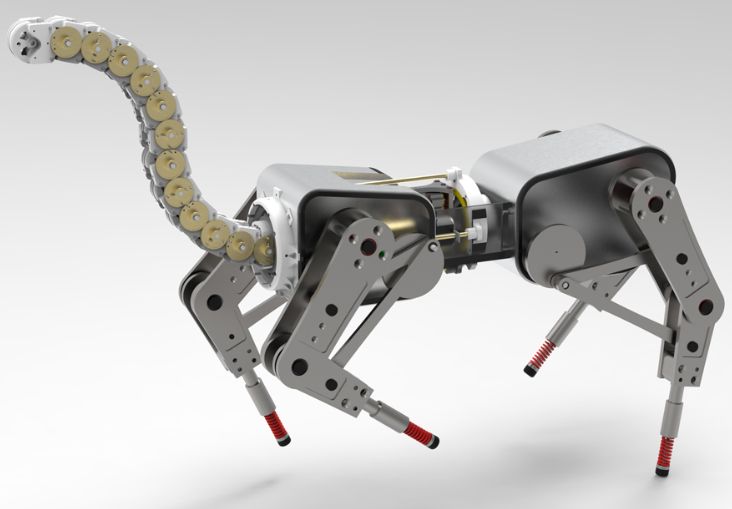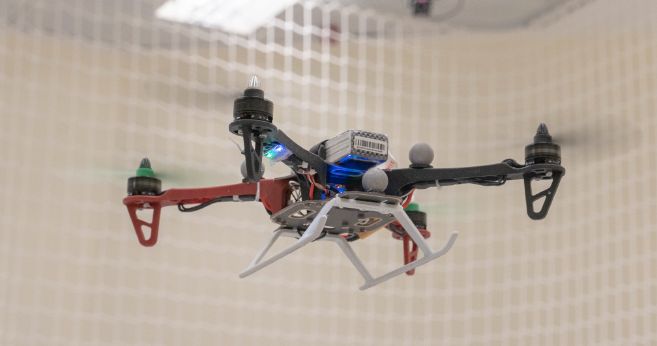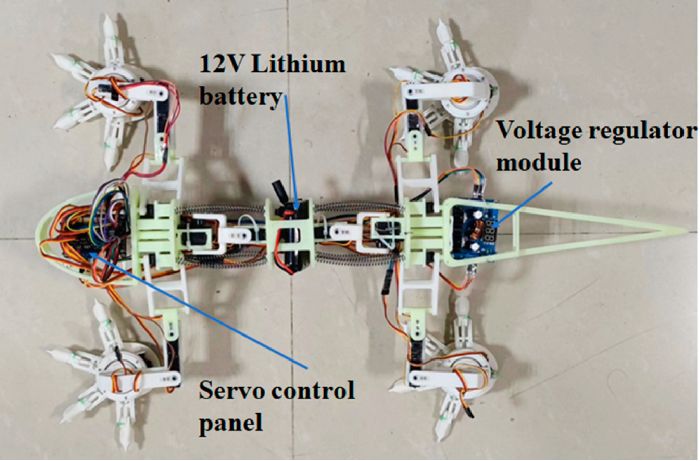MIT engineers have built a robot that can seriously play ping pong, and not just bat the ball back. This bot can understand the spin, predicts where the ball is going, and interestingly puts its own spin on returns. The whole project is from MIT’s Biomimetic Robotics Lab. It surely must be fun to build such robots, but embedding dexterousness through table tennis is a smart move as it pushes the robot to deal with speed, spin, unpredictability, and quick decision-making, all at once.
Read MoreTag: robotics
Interview: Dohyeon Lee, Robotics Scientist at Pohang University of Science & Tech, South Korea
Last week, I came across something that genuinely blew my mind – a flying squirrel-inspired drone with foldable wings. Yep, a drone that mimics how a squirrel glides through the air. It was one of those rare “wait, what?” moments that made me want to dig deeper. So, I reached out to the team behind it. Dohyeon Lee, one of the researchers on the project, said yes to an email interview.
Read MoreScientists Use VR to Teach Robots Swarming Behavior by Studying Fish
A team of biologists and robotic engineers recently used virtual reality (VR) to crack the code of how fish school, with the goal of teaching robots to swarm in the same way. Imagine you’re at a party where everyone’s dancing to the same rhythm, but there’s no DJ or leader telling people what to do. Everyone just knows how to stay in sync, avoid bumping into each other, and respond to changes in the crowd. That’s basically what schools of fish do, and it’s something that robots have struggled to…
Read MoreNortheastern Researchers Enhance LiDAR-Based Robot Navigation Efficiency
A paper from Northeastern University looks at how to improve the way robots and self-driving systems determine their location and build maps using LiDAR and IMU sensors. LiDAR sensors measure distance by bouncing laser pulses off objects, while IMU sensors track motion using accelerometers and gyroscopes. So, the paper tackles a common issue in robotics called SLAM, which is, simultaneous localization and mapping. Basically, how can a robot know where it is while it’s still building the map?
Read MoreYarn-Based Weaving for Soft Robotics: Revolutionizing Healthcare
Globally, electronics engineers are busy developing devices that are flexible, adaptable, and built for high performance. These devices are designed for real-world applications, including – robotics, healthcare and wearable technology. Similar efforts are underway in developing smart textiles as well. Interestingly, these fabrics can detect environmental changes or perform specific functions.
Read MoreInterview: Dr. Shoji Takeuchi, a Biohybrid Systems Scientist at The University of Tokyo, Japan
Welcome to our chat with Dr. Shoji Takeuchi, a Biohybrid Systems Scientist rocking it at The University of Tokyo. Dr. Takeuchi’s research covers a bunch of cool stuff like Biohybrid Systems, MEMS, Microfluidics, Tissue Engineering, and Artificial Cell Membrane. Basically, he’s all about blending biology and tech to create awesome bio-hybrid systems.
Read MoreBiohybrid Bipedal: Muscle-Powered Two-Legged Robot
Unlike robots, our bodies are super flexible and can make delicate moves effortlessly. Components like muscles, joints, and nerves work in tandem and allow us to make precise and delicate movements with ease. Robots, on the other hand, rely on rigid structures and predefined movements; in contrast, our bodies can adapt and respond dynamically to various situations.
Read MoreInterview: Dr. Yifan Zhu, Robotics Scientist at the University of Illinois at Urbana-Champaign
In the vast realm of the Intelligent Motion Lab, where the interplay of human ingenuity and technological wonders dance harmoniously, resides Dr. Yifan Zhu. A visionary soul, Dr. Zhu finds solace in the realm of robotics, under the wise guidance of Prof. Kris Hauser. Together, they delve deep into uncharted territories. Like a master sculptor shaping formless clay, Dr. Zhu’s focus lies in unravelling the secrets of deformable objects. Through painstaking analysis and intricate algorithms, he breathes life into these enigmatic entities, capturing their essence within a digital tapestry.
Read MoreInterview: Dr. Enrico Donato, BioRobotics Scientist at Scuola Superiore Sant’Anna, Italy
Dr. Enrico Donato is a Doctoral Researcher at the Brain-Inspired Robotics (BRAIR) Laboratory of The BioRobotics Istitute, Scuola Superiore Sant’Anna. With an insatiable appetite for scientific exploration, he delves deep into the fascinating realm of soft robotics. His mind dances with algorithms, composing intricate control models that breathe life into these mechanical marvels.
Read MoreMori3 Transforms 2D Triangles into Limitless 3D Possibilities: Reconfigurable Robotics
Researchers at EPFL have tried to integrate two worlds to create a remarkable breakthrough. Combining digital polygon meshing with biological swarm behavior, they have developed the Mori3 robot. The technology has the potential to revolutionize modular robotics and shape-shifting capabilities.
Read MoreBook Review: The Naked Sun by Isaac Asimov
The Naked Sun is a captivating and enjoyable murder mystery that remains highly readable, even after several decades. It was published in 1957. And it is the second instalment in Asimov’s ‘Robot’ series, succeeding The Caves of Steel, which was released three years prior. Asimov here presents a plethora of thought-provoking concepts, by exploring the boundaries of science, space, technology, psychology, and societal dynamics.
Read MorePlant-inspired Controller for Robotic Arms: Biomimicry
Biomimicry is the practice of imitating biological systems and processes. So far, it has been a valuable approach in robotics. By copying animals’ designs, engineers have tried to replicate billions of years of evolution. It has resulted in highly efficient and adaptable designs that nature has already passed on to. For instance, energy-efficient walking patterns inspired by animal gaits or bio inspired vision systems or lizard inspired four-legged robot.
Read MoreA Quadruped Robot with Proprioception and a Tail: Biomimicry
Nature has always inspired philosophers, scientists, and researchers alike. When it comes to solve human problems or create innovative products and technologies, studying nature’s designs and processes lead to more sustainable and efficient solutions. Afterall, nature has had millions of years to develop solutions to problems. These solutions have been honed through the process of natural selection. Learning and getting inspired from nature’s solutions, is called biomimicry. Designers, engineers, and scientists are inspired from nature to create more sustainable and efficient products and systems.
Read MoreReal-time Neural MPC: Deep Learning & Model Predictive Control Framework
Model predictive control (MPC) is a powerful technique that has gained popularity in recent years for controlling the movements of robotic agents. It involves using a model of the agent’s dynamics to predict its future behaviour. Followed by optimization of this behaviour to achieve a desired goal while also satisfying a set of constraints. MPC algorithms are capable of handling complex scenarios and can consider various factors such as the agent’s physical constraints, environmental conditions, and the dynamics of other objects in the environment. This makes MPC a popular choice…
Read MoreLizard Inspired Four-legged Robot: Biomimicry
Technological advancement has opened-up exciting possibilities for research in space and celestial bodies beyond the Earth’s atmosphere. The use of robots in space exploration has greatly increased our understanding of other planets, especially Mars, and its possibility for supporting life. The exploration of Mars and its surface for extra-terrestrial life has always been a fascinating undertaking for astronomers. Additionally, the discovery of resources on Mars, such as water and minerals, could be an asset in future human missions.
Read More




